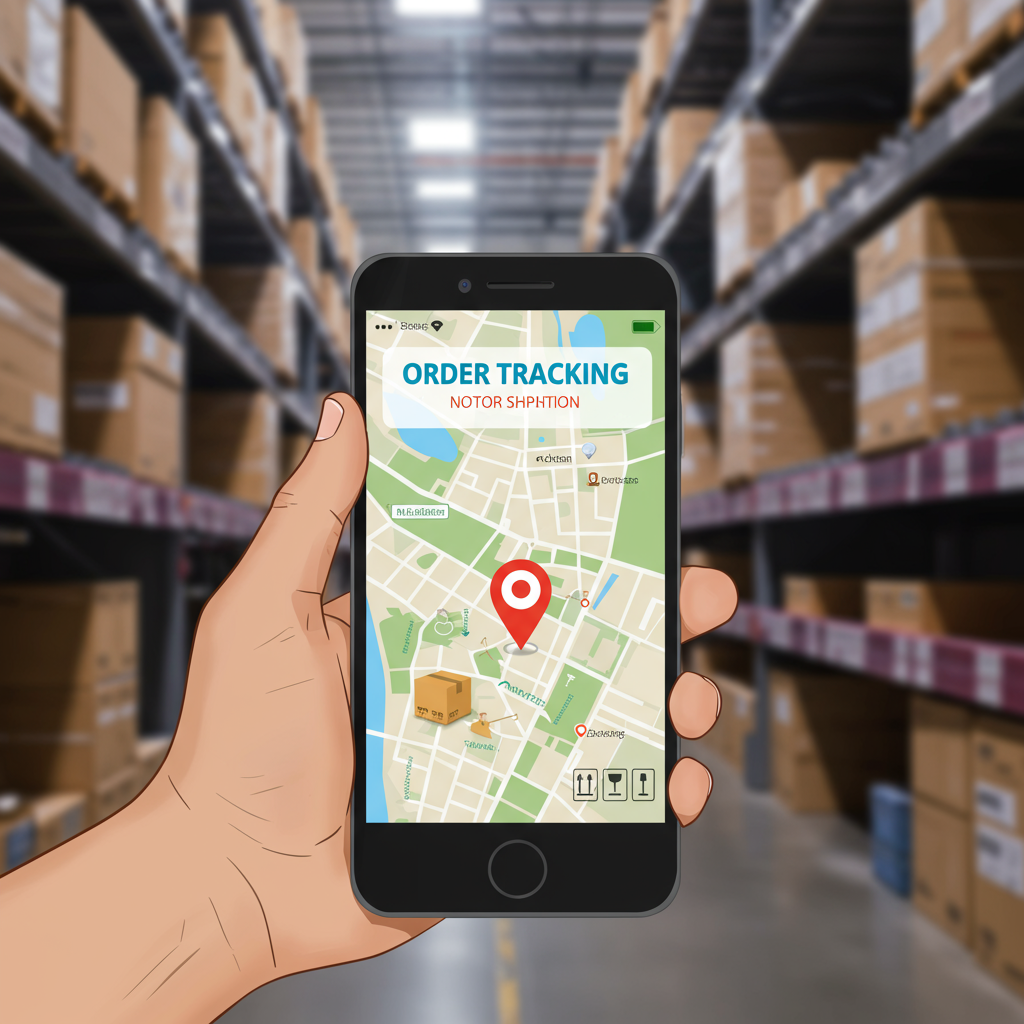Elevate your customer experience and streamline operations with effective order tracking integration for your Shopify store.
As a Shopify merchant, I know firsthand the importance of a seamless customer experience. It’s not just about making the sale; it’s about what happens *after* the purchase that truly builds loyalty.
One of the most critical elements of this post-purchase journey is order tracking. It’s something customers expect, and frankly, it’s something we, as merchants, should prioritize.
Today, I want to walk you through the ins and outs of order tracking integration for your Shopify store. We’ll cover why it’s essential, what options are available, and how to implement them effectively.
Let’s start with the ‘why.’ Why is robust order tracking so crucial for your e-commerce business?
Firstly, it significantly reduces customer inquiries. Imagine the time saved by not having to answer ‘Where’s my order?’ emails or calls constantly.
Customers feel more secure and informed when they can easily check their order status. This transparency builds trust and reduces anxiety.
A positive post-purchase experience, including excellent tracking, can turn a one-time buyer into a repeat customer. It’s a key differentiator in a crowded market.
It also empowers your customers. They don’t need to contact you for updates; they have the information at their fingertips, 24/7.
From a merchant’s perspective, better tracking means fewer support tickets, more efficient operations, and ultimately, happier customers.
Shopify does offer some basic tracking capabilities out of the box. When you fulfill an order and add a tracking number, customers receive an email with a link to the carrier’s website.
However, this native functionality often falls short for businesses looking to provide a truly branded and comprehensive tracking experience.
The customer is redirected away from your store, losing that crucial brand continuity. The tracking page itself is generic, controlled by the carrier, not by you.
This is where third-party order tracking integration solutions come into play. These apps and services are designed to elevate your post-purchase experience.
They typically offer a branded tracking page hosted on your domain, multi-carrier support, automated notifications, and valuable analytics.
When considering a third-party solution, I look for several key features. First, multi-carrier support is non-negotiable if you ship with more than one logistics provider.
Real-time updates are also vital. Customers expect accurate, up-to-the-minute information on their package’s journey.
A branded tracking page is a must. This keeps the customer within your brand ecosystem, reinforcing your identity even after the sale.
Customizable notification triggers are incredibly powerful. You can send updates for ‘in transit,’ ‘out for delivery,’ ‘delivered,’ or even ‘exception’ statuses.
These notifications can be sent via email, SMS, or even through popular messaging apps, depending on the solution.
Analytics and reporting are another huge benefit. Understanding delivery times, common issues, and carrier performance can help you optimize your shipping strategy.
Some advanced solutions even offer predictive estimated delivery dates, further enhancing the customer experience by setting clear expectations.
Integrating these solutions with your Shopify store is usually straightforward. Most popular tracking apps are available directly in the Shopify App Store.
The typical process involves installing the app, connecting your shipping carriers (often just by entering your carrier account details or API keys), and then configuring your preferences.
This configuration includes setting up your branded tracking page, customizing notification templates, and deciding when and how notifications are sent.
Always remember to thoroughly test your integration. Place a few test orders, track them, and ensure all notifications are firing correctly and the tracking page looks as expected.
Best practices for leveraging order tracking include clear communication. Let your customers know where they can track their order immediately after purchase.
Set realistic expectations for delivery times. While tracking provides updates, a clear initial estimate helps manage customer anticipation.
Use the data from your tracking solution to identify bottlenecks or common delivery issues. This insight is invaluable for continuous improvement.
And finally, integrate your tracking solution with your customer service tools. When a customer does reach out, your support team should have immediate access to their order status.
Some cutting-edge solutions are even beginning to incorporate AI and machine learning to predict potential delays or optimize delivery routes, though these are often for larger operations.
For most Shopify merchants, focusing on a robust, branded, and communicative tracking experience will yield significant returns in customer satisfaction and operational efficiency.
It’s an investment that pays dividends by reducing post-purchase anxiety and fostering a loyal customer base.
I truly believe that a well-implemented order tracking system is no longer a luxury but a necessity for any serious e-commerce business.
What are your thoughts on this article? Do you currently use a third-party tracking solution, or are you considering one? I’d love to hear your perspective.
By taking control of the post-purchase experience, we not only meet customer expectations but exceed them, turning every delivery into an opportunity to strengthen our brand.






